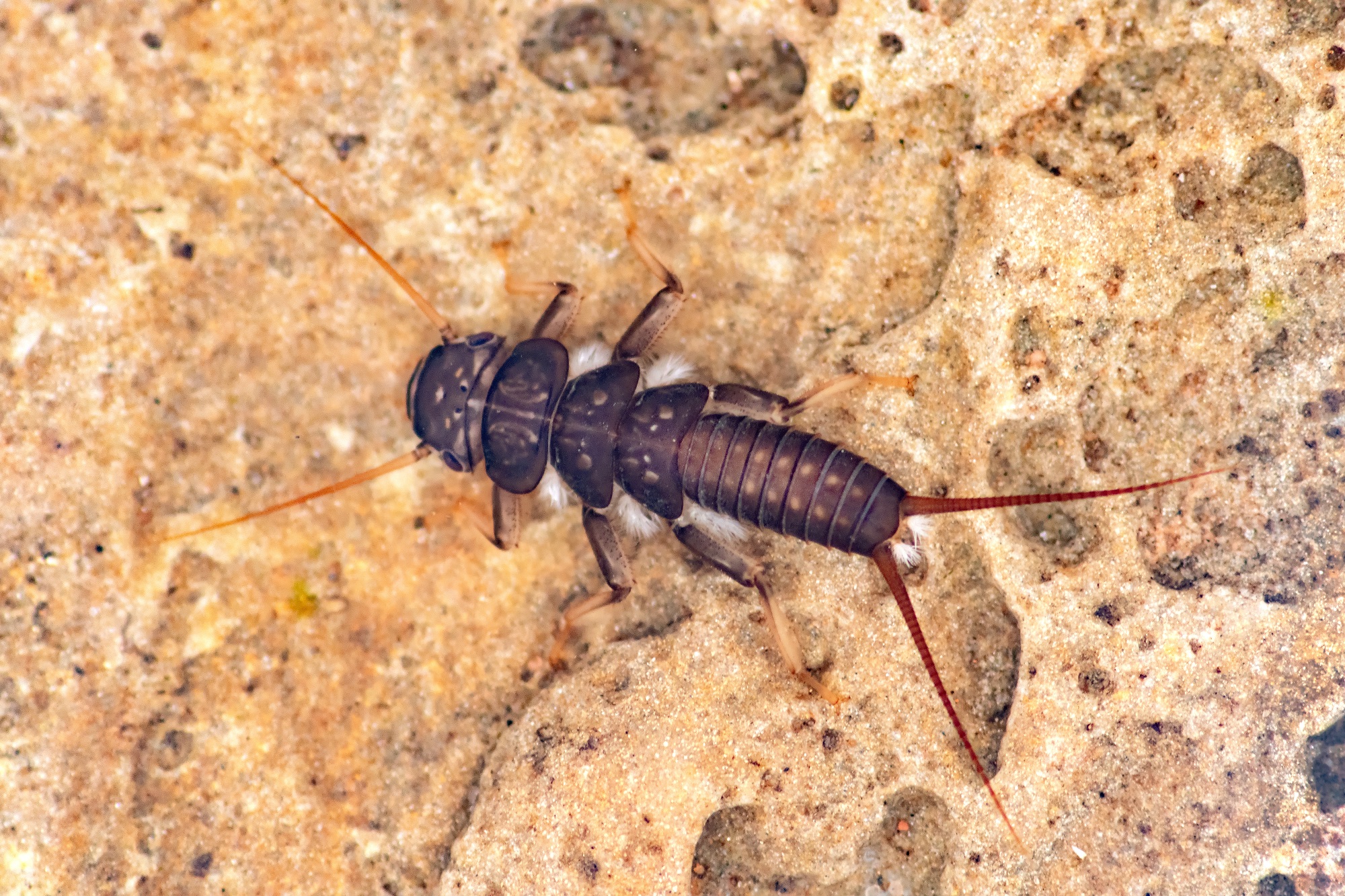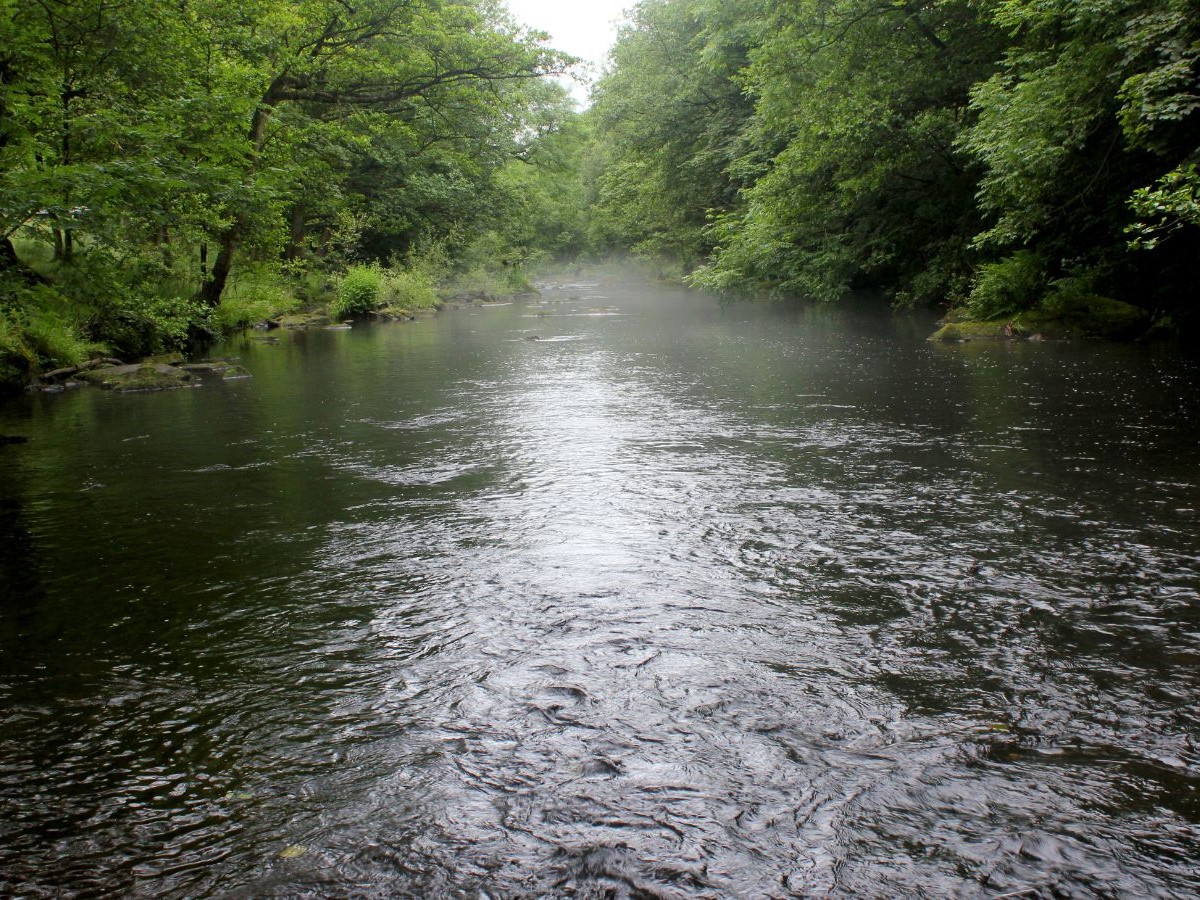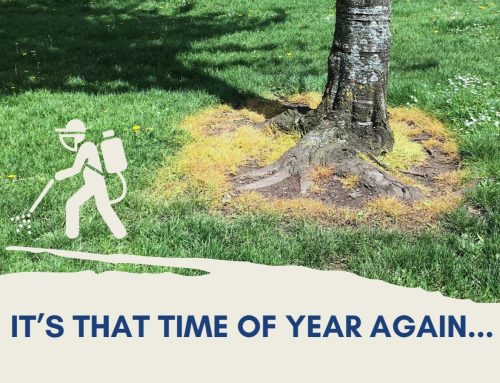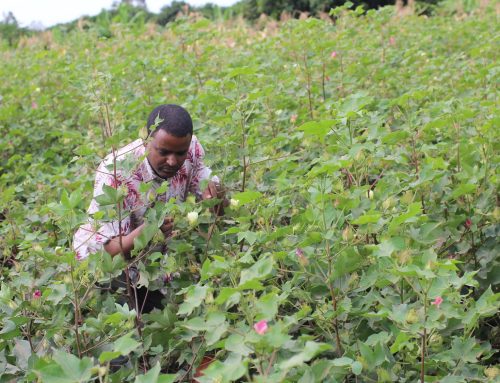By Lauren Harley, Wildfish
From the cleaning products we use, to the medicines we take and the food we eat – our everyday lives are filled with chemicals. Their use provides many benefits, but once they have fulfilled their intended purpose, chemicals don’t just disappear.
Pesticides, pharmaceuticals and plasticisers (chemicals used to soften plastic) leak into the environment, entering our air, soil and water, causing unwanted effects. This isn’t a new problem, in fact, Rachel Carson warned us of the chemical pollution threat in her book Silent Spring in 1962.
Environment Agency data from 2020 shows that all English rivers failed to meet overall quality tests for pollution. Not a single river achieved good chemical status, and only 14% of rivers in England achieved good ecological status. Earlier this year, we published a report with RSPB, Buglife and The Pesticide Collaboration, using invertebrate data from the WildFish Riverfly Census surveys to illustrate the impact chemical pollution is having on twelve English rivers and their aquatic wildlife.
What can aquatic invertebrates tell us about chemical pollution?
Chemical impacts on invertebrates can be direct, causing death, or indirect, where physiological and behavioural processes are disturbed. Some invertebrate species are more tolerant to chemical exposure than others. Organisms that are slower to develop, like mayfly species, are at higher risk than more rapidly developing groups. This is because there is a greater chance of them being exposed to chemical pollution in their larval stage and the duration of exposures being potentially longer. As a result, when sensitive species are missing and tolerant types remain, chemical pressure is indicated.

Stonefly on riverbed – Credit Jack Perks, Wildfish
Scientists have taken this one step further and assigned tolerance values to different aquatic invertebrates. Calculations can be done using these values, allowing the scale of chemical impact at a particular site to be determined. In our Riverfly Census we used the calculation known as SPEAR (the Species at Risk metric) to work out the scale of chemical impact being indicated at the sites monitored.
What did the survey tell us?
In autumn 2021, the number of sites achieving ‘poor’ or ‘bad’ on the chemical stress scale was considerably greater than in 2015, 2016 and 2017. This suggests chemical pollution, from sources such as agricultural pesticides and pharmaceuticals, is getting worse.
In spring and autumn of 2021, the mean number of riverfly species (specifically mayflies, stoneflies and caddisflies) identified was significantly fewer than previous years (in autumn 2021 just 10 species were identified, compared to 18 in Spring 2015).
Why does this matter?
Rivers across the UK continue to suffer from chronic chemical pollution and the effects are exacerbated by other pressures such as climate change. This is having long-term negative impacts on freshwater organisms. Changes in invertebrate diversity and abundance will alter the natural balance of river systems. This has implications for natural ecosystem processes like nutrient cycling, and other species, like birds and fish, which rely on invertebrates as a food source.

British river in the summer. Credit Linh Moran Photography for Getty Images / Canva.Com
What can be done?
Rivers and the wildlife that they support are facing a multitude of threats – a death by thousand cuts.
Everyone can play their part, for example by correctly disposing of chemicals, by not putting anything down the sink or toilet that shouldn’t be there and by not allowing pets who have just received flea treatment to swim in rivers. However, the big changes required to save our rivers will rely on Government action.
Despite the introduction of legislative mechanisms to protect water quality, these measures are not effectively implemented, monitored, or enforced. One of the key solutions to address the water quality crisis is tackling the pollution that comes from agricultural sources – 40% of waterbodies are failing to achieve good status because of agriculture. The UK Government is currently writing a Chemicals Strategy. This is an opportunity to be bold and ambitious in tackling chemical pollution across the UK.
We recommend that the Government properly mandate and resource a comprehensive river monitoring network. Despite the evidence that our rivers are in crisis, the coverage, resolution and frequency of national monitoring regimes continues to decline. WildFish manage a project called SmartRivers. Through a volunteer monitoring network the same water quality scorecards as the Riverfly Census are produced – including chemical pressure scores like the ones used in this report. Projects like SmartRivers and the Riverfly Census are helping to fill the data gap, but we need the Government to do more.
 Lauren heads up the WildFish SmartRivers programme. She uses citizen-science to generate data with policy relevance that can drive real improvements to the quality of water flowing through our rivers.
Lauren heads up the WildFish SmartRivers programme. She uses citizen-science to generate data with policy relevance that can drive real improvements to the quality of water flowing through our rivers.





